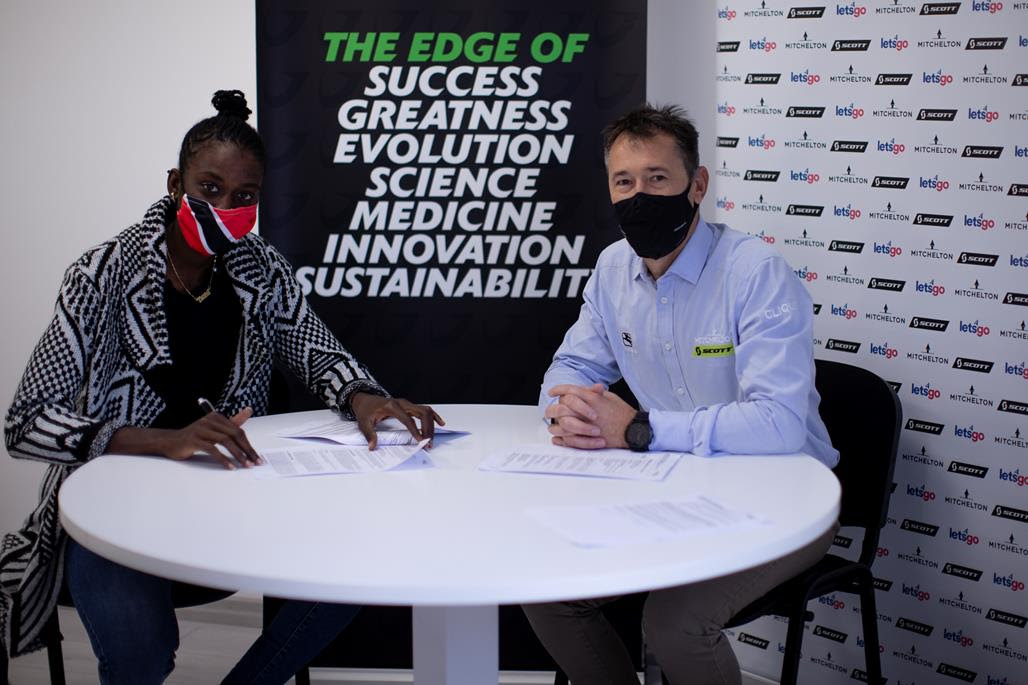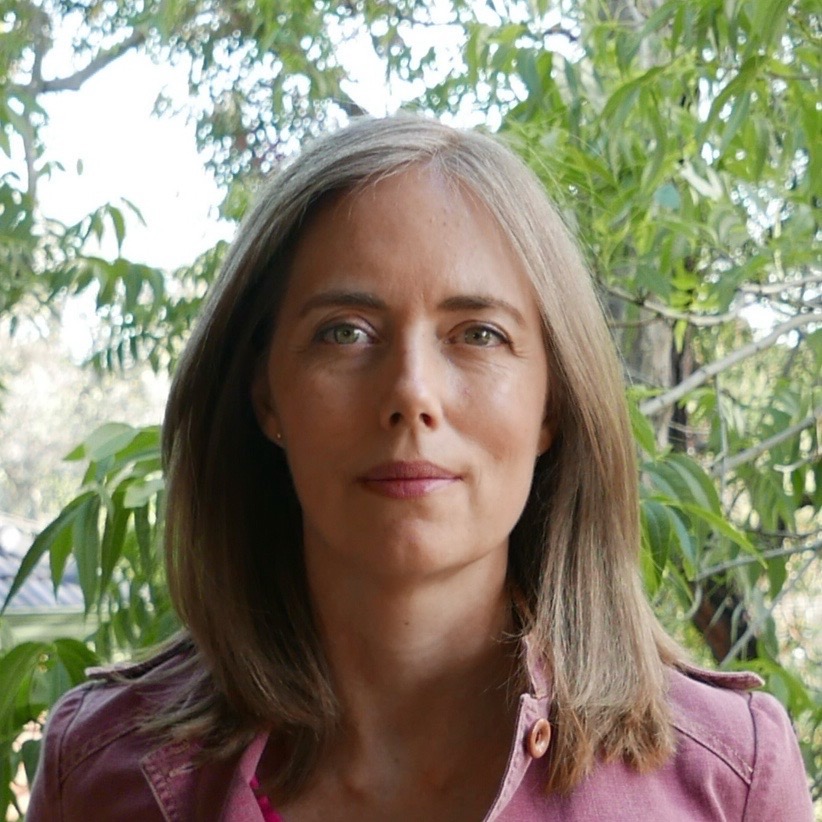Brent Copeland: Men's WorldTour teams should invest in women’s cycling
'Starting a new organisation scares a lot of them but that shouldn’t be an excuse,' says general manager at Team BikeExchange

After the team quietly made the move to increase the minimum salary in its women’s squad to align with that of the men, Team BikeExchange’s General Manager Brent Copeland has told Cyclingnews that more men’s WorldTour teams should invest in women’s cycling, though he believes that the reluctance to start an additional squad often comes down to more than money.
“It is definitely something that other [men’s WorldTour] teams should be investing in,” said Copeland, who joined Team BikeExchange from standalone men’s WorldTour team Bahrain McLaren, and before that, he worked with men’s teams Lampre and MTN-Qhubeka.
Team BikeExchange has operated on a dual structure from the early stages of GreenEdge cycling – the constant brand behind the many incarnations of the Australian team – and they are far from alone, with the latest WorldTour squad to add a women’s team being Jumbo-Visma, which joins the likes of Movistar, Team DSM, and Trek-Segafredo.
There are however, many others men’s WorldTour teams that haven’t made the move to create a women’s team, most notably the world’s richest team, Ineos Grenadiers.
Fran Millar, former CEO of Team Sky – now called Ineos Grenadiers – confirmed in an interview with the magazine Rouleur that initial plans to start a women’s team following the 2012 London Olympic Games, where Lizzie Deignan earned the silver medal, was rejected at the board level. Millar said that the decision to not create a women's programme at Team Sky was due to marketing reasons but that, in hindsight, she felt it was an oversight.
Team Principal Dave Brailsford has also told The Guardian that there currently isn't a plan in place to start a women’s team, but that the topic is under review.
Asked if he felt that teams like Ineos Grenadier should create women’s teams, Copeland said, "Definitely, I do think so, it would be fantastic if all men’s WorldTour teams could invest in a women’s team."
Get The Leadout Newsletter
The latest race content, interviews, features, reviews and expert buying guides, direct to your inbox!
However, Copeland also said that the concern over resources in administration and additional staffing can be more of an impediment than budget.
“GreenEdge have been doing it for so long and have done a good job so it runs naturally between the men’s and women’s teams. If you’re running a men’s team and then have to start a whole new women’s team, I don’t think it’s so much the money, it’s more about starting a whole new organisation that scares a lot of them - but that shouldn’t be an excuse,” Copeland told Cyclingnews.
“It would pick up the quality of the organisation, the racing, the visibility, TV rights, it would give a lot more input into women’s cycling, the more teams that are invested.”
The salaries, prize money and live coverage available in women’s cycling are often a fraction of that available to the men but moves are being made to try and reduce the gap.
The UCI introduced a new two-tier teams structure - Women’s WorldTeams and Continental Teams - in January 2020 with increased financial requirements for the top-tier of teams including a minimum salary along with social insurances and benefits such as maternity leave.
The Women’s WorldTour salary schedule, published on the UCI website, currently shows a base salary of €20,000 (employed) or €32,800 (self-employed) in 2021 – which is about half the minimum salary for the men’s WorldTour – and a jump up to €27,000 (employed) or €45,100 (self-employed) in 2022.
Team BikeExchange, in 2021, shifted up its women’s minimum salary to equal that of its men’s WorldTour squad, news that was revealed this week as rider Teniel Campbell, who joined Team BikeExchange this year, talked about how much the extra salary meant to her on The Cycling Podcast Féminin.
Trek-Segafredo has also made the shift to align the minimum wages across its men’s and women’s squad this year.
Copeland, who spoke to Cyclingnews following a request for further information on the aligned minimum, said team owner Gerry Ryan had wanted to make the move to equalise minimum salaries last year, then COVID-19 hit which made it difficult, so the team, who was already paying above the mandated rate, was quick to align the minimums when circumstances improved.
“There’s no publicity that we are searching for, we just believe that there should be equality between the men and the women. The sacrifices and dedication that is given by the men and the women are the same, so as much as we can make it equal, that is what we try to do,” Copeland said.
“We’ve done a lot of investment in the team by bringing in a new bus, full-time medical staff, invested in more trainers for the performance staff to support the women, more training camps,” said Copeland. “So it’s not just in the salary, but in a lot of other areas to give the women more support because we believe in the team growing every year and it brings a lot of satisfaction.”
Team numbers in the women’s squad have also increased, going from 11 last year to 13 in 2021.
Copeland, said that paying over and above the mandated minimum is something that should be done by those who have the financial means to do so, but he understands that not all teams are in a position to immediately make the shift up and that also needs to be taken into consideration.
“For another team that doesn’t have a budget, I think they do the best they can, everyone does, but if the budget is not there, it’s mathematics, if you’ve got it, use it to spend in the best way possible, but you need to find the budget first," he said. "I can understand the difficulty because you don’t get the visibility that the men get, and that has to change before you can start putting too much pressure on teams with obligations like we have in the men’s cycling teams.”

Simone is a degree-qualified journalist that has accumulated decades of wide-ranging experience while working across a variety of leading media organisations. She joined Cyclingnews as a Production Editor at the start of the 2021 season and has now moved into the role of Australia Editor. Previously she worked as a freelance writer, Australian Editor at Ella CyclingTips and as a correspondent for Reuters and Bloomberg. Cycling was initially purely a leisure pursuit for Simone, who started out as a business journalist, but in 2015 her career focus also shifted to the sport.